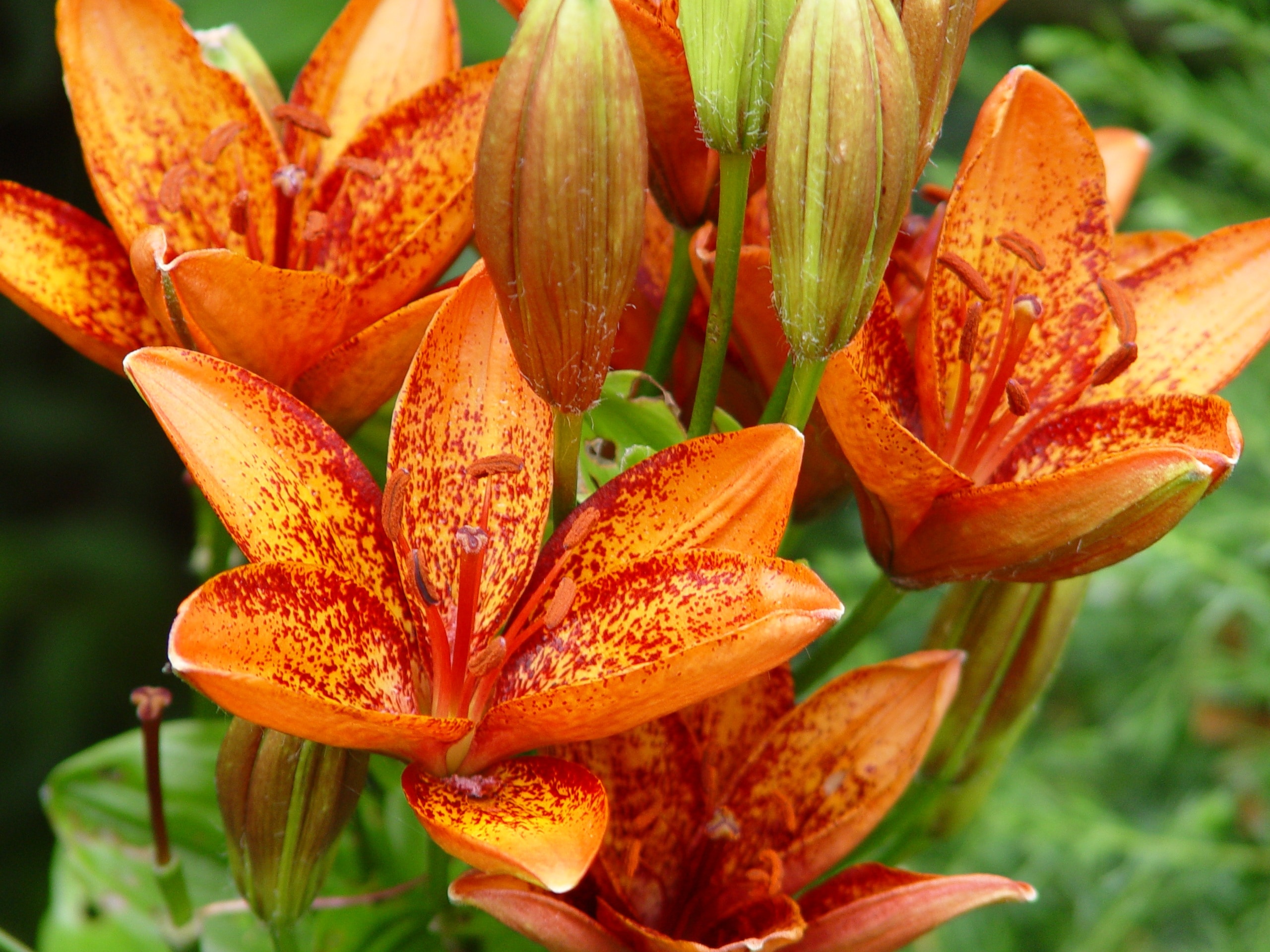In the vibrant palette of garden blooms, the orange lily flower stands out as a beacon of warmth and elegance. If you’ve ever dreamed of adorning your garden with these radiant flowers, this guide is your key to success. Growing and caring for orange lilies requires a combination of passion and knowledge. Let’s delve into the secrets of cultivating these stunning blossoms and ensuring they thrive in your garden.
Selecting the Right Variety:
The first step in your orange lily flower journey is choosing the right variety for your garden. From the bold and bright Asiatic lilies to the fragrant and graceful Trumpet lilies, options abound. Consider factors such as size, color intensity, and fragrance to find the perfect match for your garden aesthetic. Popular orange lily varieties include the ‘Orange Pixie,’ ‘African Queen,’ and the show-stopping ‘Orange Electric.’

Planting Your Orange Lily Bulbs:
Timing and location are critical when planting orange lily bulbs. Choose a well-drained soil location that receives ample sunlight. Plant bulbs in the fall, approximately 6 to 8 inches deep and spaced about 12 inches apart. Ensure the pointed end of the bulb is facing upward and cover with soil. Water thoroughly after planting to initiate root growth.
Soil and Sunlight Requirements:
orange Lily Flower thrive in well-draining soil enriched with organic matter. Aim for a slightly acidic to neutral pH level. These flowers appreciate full sunlight but can tolerate partial shade. Adequate sunlight not only promotes robust growth but also intensifies the vivid orange hues of the blossoms. Be mindful of the soil moisture, allowing it to dry out between waterings to prevent issues like root rot.
Watering and Feeding:
Consistent and adequate watering is essential for the health of your orange lilies. Water the plants at the base, keeping the foliage dry to minimize the risk of diseases. During dry periods, increase watering frequency, ensuring the soil remains consistently moist. To enhance blooming, apply a balanced fertilizer in early spring when new growth emerges, and again after the flowering season.

Supporting Your Lily Stems:
As your orange lilies grow, they may benefit from support to prevent the stems from bending or breaking, especially in windy conditions. Install stakes or cages around the plants, being careful not to damage the bulbs or emerging shoots. Tie the stems gently to the support structures using soft garden twine, providing stability and allowing the flowers to stand tall and proud.
Deadheading for Continuous Blooms:
To encourage a prolonged bloom period, practice deadheading, the removal of spent flowers. Snip off faded blooms just below the base of the flower head. This not only promotes continuous flowering but also redirects the plant’s energy into bulb development. As the season progresses, remove the entire stalk once all the flowers on it have bloomed and faded.
Managing Pests and Diseases:
While orange lilies are generally hardy, keeping an eye out for common pests like aphids and diseases such as botrytis is crucial. Inspect the plants regularly and treat any issues promptly. Neem oil or insecticidal soap can be effective and environmentally friendly solutions to combat pests without harming beneficial insects.
Winter Care:
orange Lily Flower are generally hardy, but providing some winter care ensures their well-being during colder months. Apply a layer of mulch around the base of the plants to insulate the soil and protect the bulbs from frost. In extremely cold regions, consider lifting the bulbs and storing them indoors until the following spring.

Orange lily flower Conclusion:
Growing and caring for orange lily flower is a rewarding endeavor that adds a burst of color and elegance to any garden. By following these expert tips, you’ll be well on your way to cultivating a stunning display of radiant orange blooms. Let your garden glow with the warmth and beauty of these remarkable orange lily flower, creating a haven of natural splendor for you to enjoy throughout the seasons. Happy gardening!

